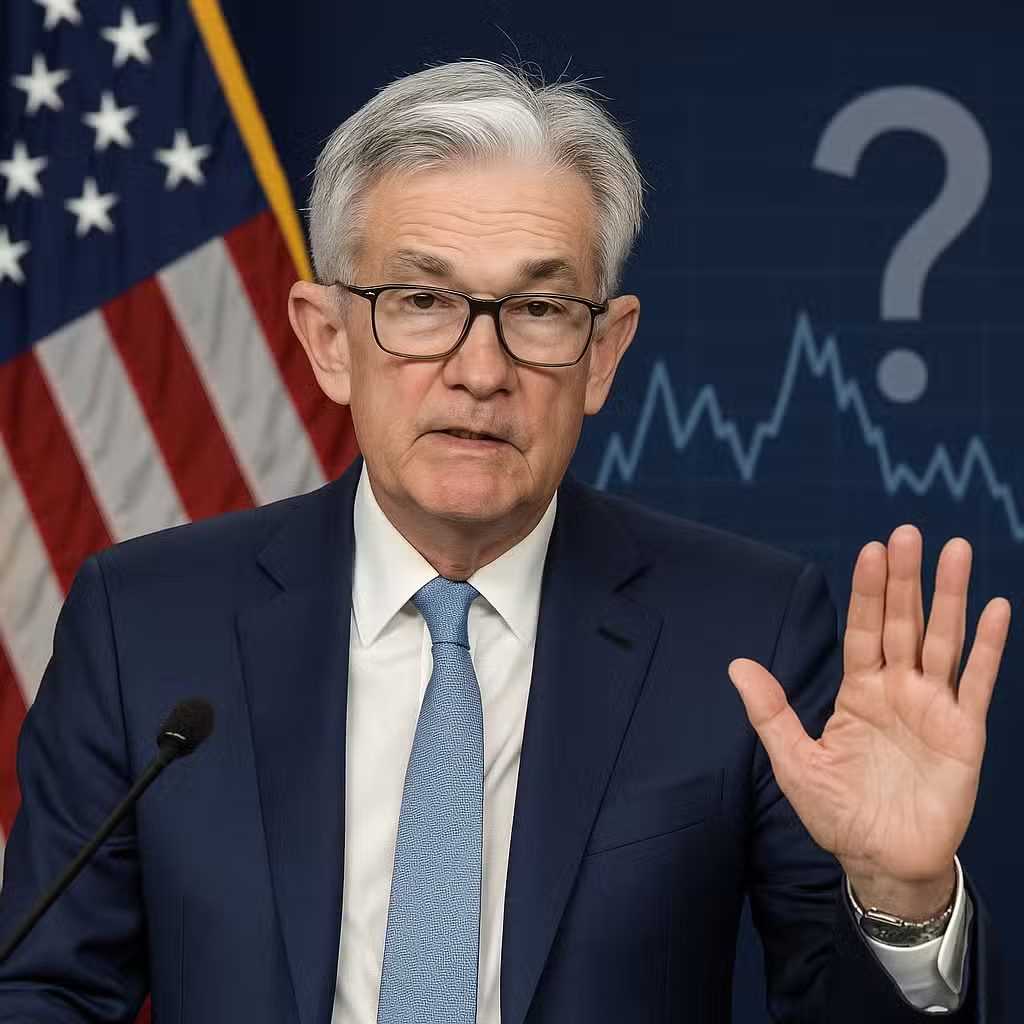Fed Rate Cuts Signal Opportunity in Bonds, Says Former Goldman Sachs ETF Leader
Imagine your savings like a toolbox. Most people think bonds are like a safety lock, keeping your money safe. But now, bonds are acting more like a power tool—they can help you build your wealth, not just protect it.
Why Bonds Matter for Investors Now
For a long time, bonds were pretty boring. They didn’t pay much interest because rates were close to zero. But times have changed. The Federal Reserve has raised interest rates, and now bonds offer better returns, making them more interesting for investors.
Recently, the Fed cut its main rate to between 3.75% and 4%. That’s still much higher than it was a couple of years ago. The yield on the 10-year Treasury Note—kind of like the “thermometer” for bond health—dipped below 4% but has been bouncing around. This means bonds have become a more powerful tool for earning money, not just storing it safely.
Bull Case: Why Some Investors Are Excited
- More Income: Higher interest rates mean bonds pay more. Investors can earn better returns than before.
- Diversification: Bonds can balance out risk in a portfolio, especially when stocks are shaky.
- New Choices: There are now ETFs (exchange-traded funds) for all kinds of bonds, like emerging market debt and private credit. This gives investors more ways to grow their money.
- Emerging Market Debt: According to Morningstar, emerging market bond funds have been among the top performers in fixed income this year.
Bear Case: What Could Go Wrong?
- Interest Rate Risk: If rates go up again, bond prices can fall. That can hurt investors who need to sell early.
- Complexity: More choices can be confusing. Not all bond ETFs are created equal—some are riskier than others, especially those that invest in private credit or emerging markets.
- Liquidity: Some “fancier” bond ETFs, like private credit, may not be as easy to buy or sell quickly compared to regular bonds.
- Global Risks: Emerging market bonds can be hit hard by global events, such as political changes or currency swings.
What History Tells Us
Back in the early 2000s, when interest rates were higher, bonds played a bigger role in people’s portfolios. After rates dropped to nearly zero in the 2010s, bonds lost some shine. Now, as rates rise again, bonds are coming back as a way to earn income and manage risk. In fact, a study by Investopedia shows that balanced portfolios with bonds often weather market storms better than those without.
Investor Takeaway
- Consider adding bond ETFs for steady income, especially now that rates are higher.
- Look at new options like emerging market debt or private credit ETFs, but make sure you understand the risks.
- Don’t put all your eggs in one basket—use bonds to balance out your stock holdings.
- Pay attention to interest rate changes, as they can affect bond prices and returns.
- Do your homework before choosing specialized bond ETFs, and stick with reputable funds when possible.
For the full original report, see CNBC







